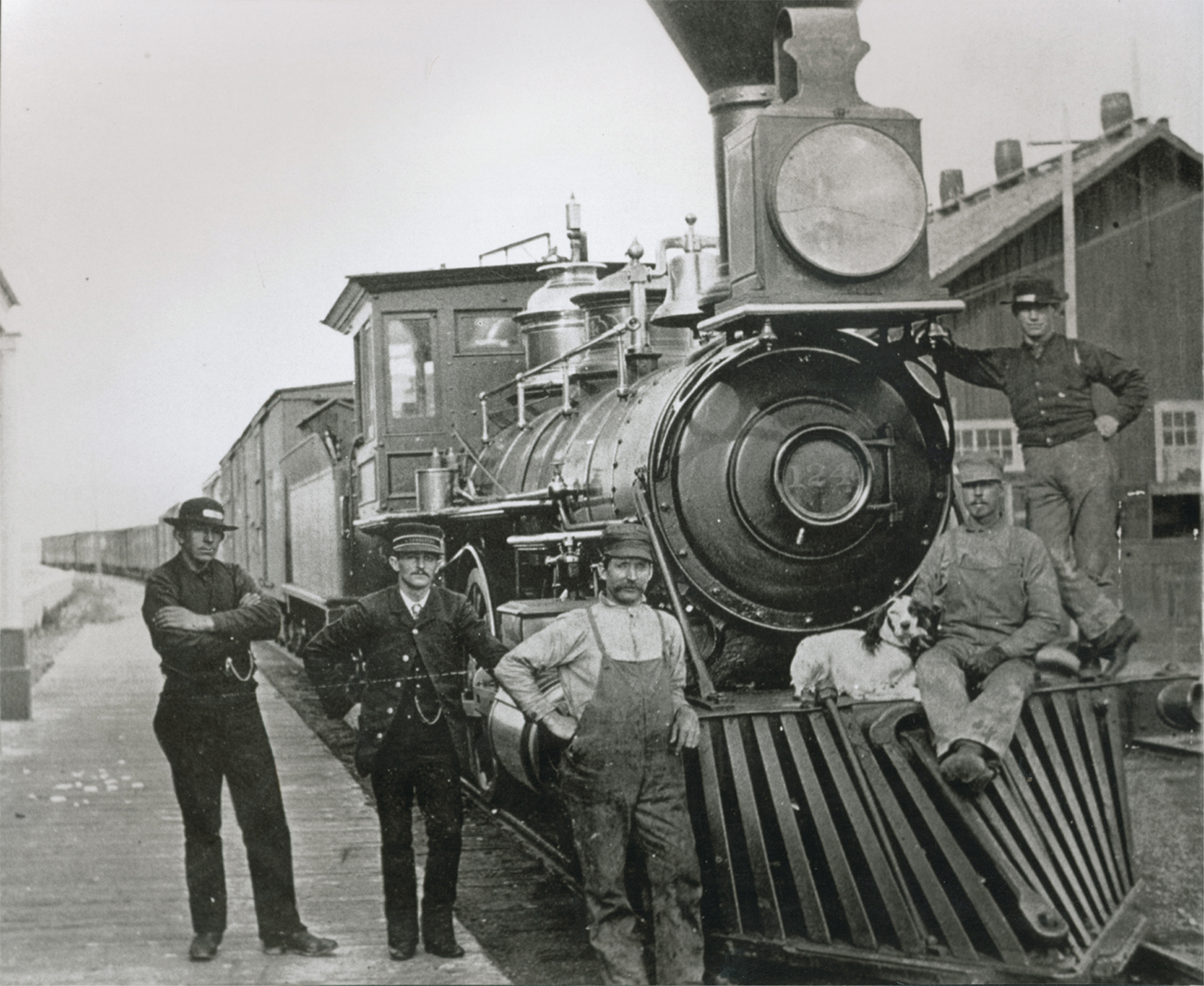The American Promise:
Printed Page 482
The American Promise Value
Edition: Printed Page 460
Land Fever
In the three decades following 1870, more land was settled than in all the previous history of the country. Americans by the hundreds of thousands packed up and moved west, goaded if not by the hope of striking gold, then by the promise of owning land to farm or ranch. The agrarian West shared with the mining West a persistent restlessness, an equally pervasive addiction to speculation, and a penchant for exploiting natural resources and labor.
Two factors stimulated the land rush in the trans-

Although the country was rich in land and resources, not all who wanted to own land achieved their goal. During the transition from the family farm to large commercial farming, small farms and ranches gave way to vast spreads worked by migrant labor or paid farmworkers and cowhands. Just as industry corporatized and consolidated in the East, the period from 1870 to 1900 witnessed corporate consolidation in mining, ranching, and agriculture.